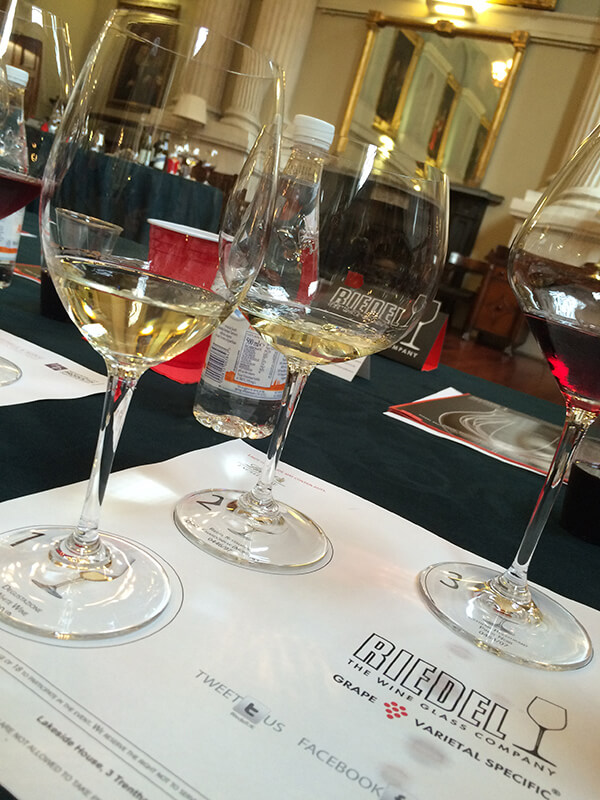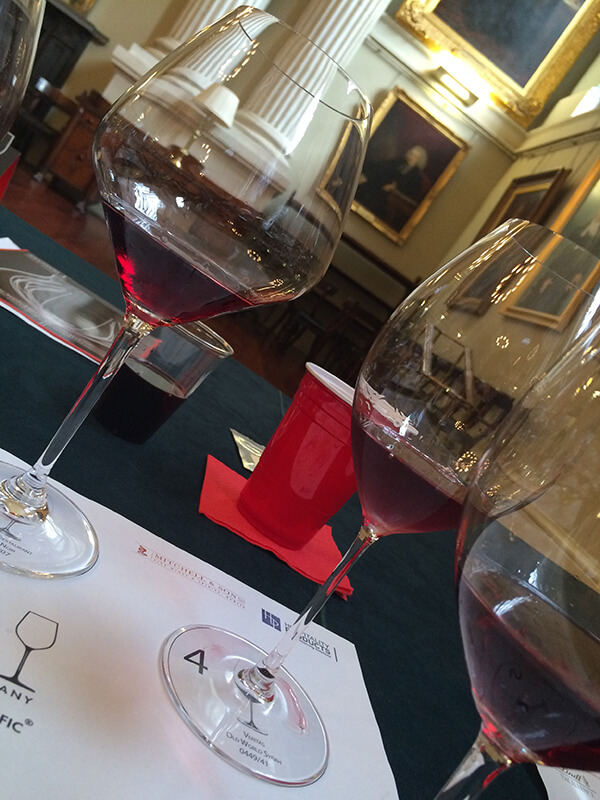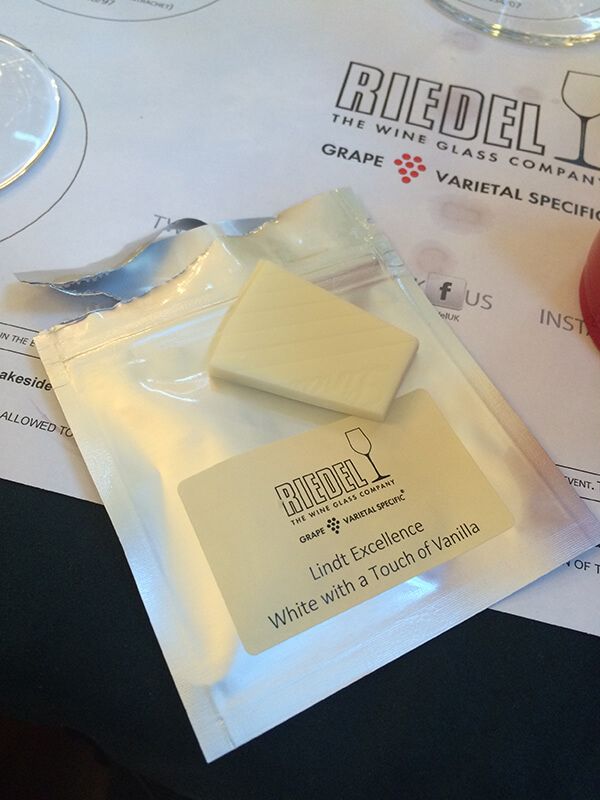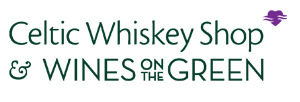Is taste influenced by the type of glass wine is poured into?
Last Thursday, we were invited to the spectacular venue of Kings Inn to a fantastic presentation by Maxmillian J. Riedel, the 11th generation of glass specialist in his family and CEO of the Riedel glass company.
The Austrian family have passed glass making on from generation to generation for over 260 years, however it is only in the past three generations they have developed a strong authority for designing the finest selection of glassware in the world. Much of this is due to their passion for collecting wine, and admiration for its production. This inspired Maxmilian’s Grandfather, Claus, to investigate the influence of shape on the perception of alcoholic beverages, thus evolving the world of glassware forever.
To prove to us the difference a glass can make, we were presented with a Chardonnay, Pinot Noir and Cabernet Sauvignon and invited to try each style in a variety of glass types to compare and contrast. All three wines were New World, and it is suggested that such styles require large glasses to assist in airating the wine to pronounce characteristics further.

The first wine we tried was a Chardonnay from the bowl shaped glass, designed as ideal for Chardonnay, in the early 1970’s. Primary aromas from the wine are fruit driven with citrus lemon and green apple tints. Secondary characteristics of oak, yeast and crisp minerality then come to prominence. The large bowl shape allows for further airation in the glass which gives secondary characteristics an opportunity to develop. The bowl shape also pushes the wine quite far back to the centre of the palate, boosting the wines minerality and freshness in the mouth.
In contrast, the smaller wine glass presents a wine that smells in no way rancid, but simply fails to express the full potential of this expansive wine. It also pushes the wine to the tip of the tongue, where one senses acidity, thus negating all that fresh minerality in the mid palate. Although the small glass’ influence on Chardonnay is minimal, this style of glass could be ideal for a high acidity wine such as Sauvignon Blanc.
Next we got to try a delicious Pinot Noir in its optimal glass. This is a diamond-shaped bowl, that angles out dramatically before narrowing at the top. The result is an extremely wide evaporation surface that intensifies and enhances silkiness in the mouth of New World wines, which tend to be more fruit driven in style.

The well balanced, fruit focused wine with rich mouthfeel and texture is optimised when tasted in this style of glass. I was amazed by the stark contrast in flavours when the same wine was sampled in a Syrah glass. This glass is slighly smaller and more tapered than most other red wine glasses. Designed for thicker skinned grapes, this glass made the previously full flavoured Pinot Noir appear thinner, with more pronounced alcohol and a green, bitter palate.
A Cabernet Sauvignon glass is larger than both the Syrah and Pinot Noir glass. So large, in fact, that if one was to fill it to the brim, it would hold almost 1.5 bottles of wine! The size of this glass is to allow for maximum airation and surface area, in order for the Caberet Sauvignon to smooth out rough edges and emphasize fruit, allowing wine to achieve balance that would norally take years of ageing to acquire. Contradictory to this, a sip of Pinot Noir from this glass appears “dusty”, unpolished and bitter components become prominent. The texture is heavy and stalky on the palate, proving once more that good wine requires the right temperature in the right glass to reach its full potential.
At this stage, most guests were astounded by the right glass’ ability to add even more finesse to an already-good quality wine but Maximilian had one final trick up his sleeve to covert any remaining non-believers. This magic lay at each table setting in a little foil envelope, labeled with with the infamous "lindt" brand. We would soon discover that Pinot Noir from a diamond-shaped glass, pairs with white Lindt chocolate ecsquisitely.

We then tasted the same lindt chocolate and Pinot Noir, using the same technique, out of the larger Cabernet Sauvignon. The stark contrast in flavours is truly unbelievable, with the larger glass is drying on the mouth and packed with a lot more stalky and green flavours!Riedel glasses are available from Mitchell & Son. A lot of department stores also make some great copies, which you could look out for, before investing in the real thing!



